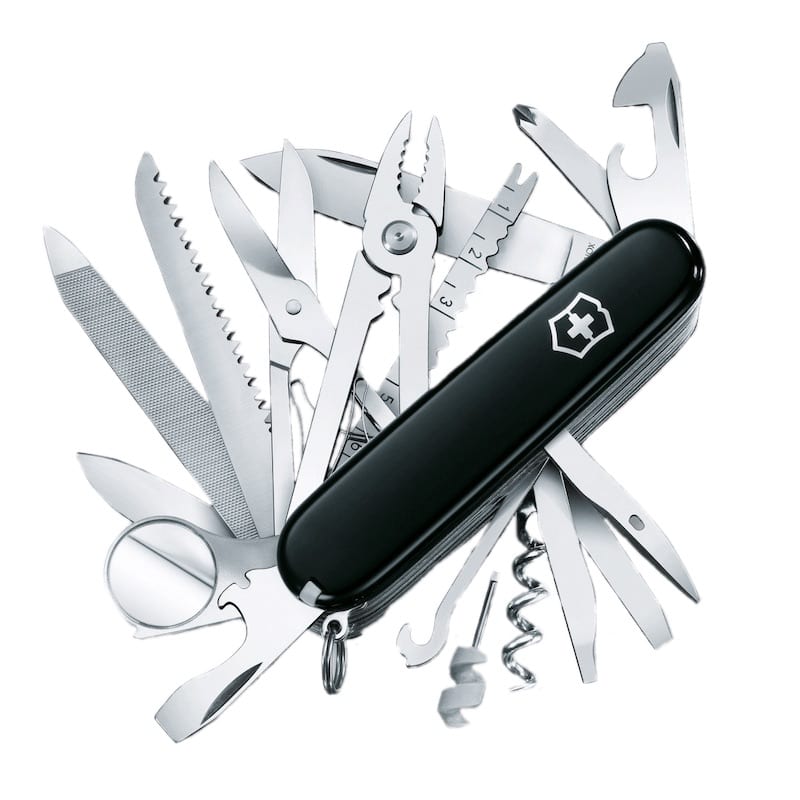So maybe you can use that for a wilderness airway
We’re going to have to talk about the improvised wilderness airway.
Caveat: this post is not exactly evidence based. It’s literally an anecdote. But an amazingly good and peer-reviewed anecdote at that. And there is a smattering of evidence thrown in at the end.
The case report starts like this: Three firefighters were climbing as part of a team in California when they saw a man falling ~1500ft down a rocky slope. They descended to offer help, and when they got there they removed his helmet, checked ABCs, and maintained his C-spine. Neurologically he was unresponsive. Two emergency doctors with a separate climbing team arrived 15 minutes later. By this time his respirations were irregular and they noted significant facial trauma. Due to gurgling respirations, they decided to perform a cricothyrotomy.
All the physicians had for supplies were climbing equipment and a small first aid kid. They used a pocket knife to make the incision (vertical first, then horizontal), and tubing from a hydration pack as a makeshift ETT. Suture from the first aid kit was used to secure the tube. Since respirations were spontaneous, they did not perform positive pressure ventilations initially.
His pelvis was bound with a pair of pants, and extra clothes were used to prevent hypothermia. After 30 minutes though, his respiration became irregular again. Blood was noted in the tube, so the team decided to create a makeshift positive pressure bag using the rest of the hydration pack. One of the team would blow into hydration bladder to inflate it, and close it off using pliers as a valve of sorts. They would then deliver breaths by squeezing the bladder, similar to commercial products. They used this for another 30 minutes successfully.
Helicopter transport eventually was able to evacuate the man, and it turns out that a 6.5 ETT adapter fit into the makeshift tube easily. A bougie did confirm airway placement, and etCO2 readings were monitored. Unfortunately the patient went into V fib, got ROSC, then went into it again shortly after. The patient never regained pulses after that, and was pronounced dead prior to landing at the hospital.
The most important point of this case report isn’t the cool factor of Macgyvering other equipment into functional airway tools. It’s making the hard decision to perform the cric in the first place. Making that call, even in a low resource setting, is critical. Sadly this patient didn’t survive the injury, but it wasn’t due to lack of an airway. The fact that these physicians were able to also devise and then produce something that gives some form of PEEP is icing on the cake. However, it would be nice if someone took this device and measured what kind of pressures they could obtain with it.
And remember, if you’re going to perform a makeshift cricothyrotomy as your wilderness airway, make sure to use something of proper diameter. Ballpoint pens have too much resistance, but sports bottle and hydration bladder straws will work in a pinch.
Johnson CA, Goodwine DS, Passier I. Improvised Cricothyrotomy on a Mountain Using Hiking Gear. Wilderness Environ Med. 2016 Dec;27(4):500-503. [PMID 27769777]

EBM Gone Wild
Wilderness Medicine
Emergency physician with interests in wilderness and prehospital medicine. Medical Director of the Texas State Aquarium, Padre Island National Seashore, Robstown EMS, and Code 3 ER | EBM gone Wild | @EBMGoneWild |

